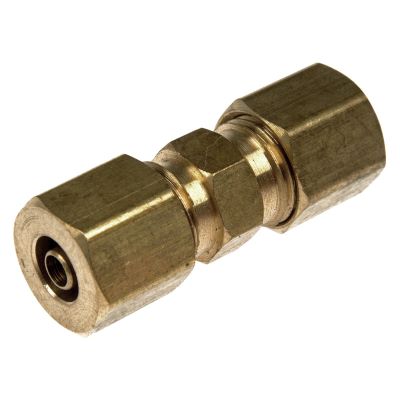Connecting galvanized pipe can be a daunting task, especially when traditional threaded connections aren’t an option. Whether you’re a DIY enthusiast or a professional plumber, understanding alternative methods is crucial for a successful project.
In this blog post, we’ll explore five easy ways to connect galvanized pipe without threads, each offering unique advantages and considerations.
Understanding Galvanized Pipes
Galvanized pipes are steel pipes coated with zinc to protect against corrosion. They’re commonly used in various applications, including plumbing, HVAC systems, and industrial processes. While threaded connections are a popular choice, there are instances where they may not be feasible or desirable.
Using Compression Fittings for a Quick Fix
Compression fittings offer a quick and convenient solution for connecting galvanized pipe without threads. They consist of a body, nut, and ferrule. To use compression fittings:
1. Prepare the pipe: Cut the pipe to the desired length and clean the ends.
2. Insert ferrule: Slide the ferrule onto the pipe end.
3. Assemble fitting: Place the fitting over the ferrule and tighten the nut securely.
Compression fittings are ideal for temporary connections or when a quick repair is needed. However, they may not be suitable for high-pressure applications or long-term installations.
Connecting Galvanized Pipe with Couplings
Couplings are another popular option for connecting galvanized pipe without threads. They come in various types, including slip couplings, push-fit couplings, and compression couplings. The installation process varies slightly depending on the type of coupling used, but generally involves:
1. Prepare the pipe: Cut the pipe to the desired length and clean the ends.
2. Insert pipe: Slide the pipe ends into the coupling.
3. Secure the connection: Tighten any clamps or nuts according to the manufacturer’s instructions.
There are many uses for couplings since they are adaptable. However, they may not provide the same level of strength and durability as threaded connections.
Welding as a Permanent Solution
Welding is a more permanent solution for connecting galvanized pipe without threads. It requires specialized equipment and skills, but it can create a strong and durable bond. When welding galvanized pipe:
1. Prepare the pipe: Clean the pipe ends thoroughly to remove any dirt or debris.
2. Position the pipes: Align the pipe ends to be joined.
3. Weld the joint: Use a welding machine to create a continuous weld between the pipes.
Welding is ideal for high-pressure applications and long-term installations. However, it may not be suitable for DIY projects due to the safety risks involved.
Using Flanges for Threadless Connections
Flanges are metal discs that are bolted together to connect galvanized pipe. They are often used in industrial applications and large plumbing systems. To use flanges:
1. Prepare the pipe: Cut the pipe to the desired length and clean the ends.
2. Attach flanges: Bolt the flanges onto the pipe ends.
3. Connect the pipes: Align the flanges and bolt them together securely.
Flanges are a reliable and durable method for connecting galvanized pipe, but they can be more expensive and complex to install than other options.
Saddle Clamps for Simple Repairs
Saddle clamps are a convenient option for making simple repairs to galvanized pipe. They are used to connect a branch pipe to a main pipe without cutting or threading. To install a saddle clamp:
1. Prepare the pipe: Clean the main pipe where the branch pipe will connect.
2. Position the saddle clamp: Place the saddle clamp over the main pipe and align the branch pipe connection.
3. Secure the clamp: Tighten the bolts on the saddle clamp to secure the connection.
Saddle clamps are easy to install and can be used in various applications. However, they may not be suitable for high-pressure or large-diameter pipes.
FAQs
Q: What are the best methods for outdoor installations?
A: Welding and flanges are generally the most suitable methods for outdoor installations due to their durability and resistance to harsh weather conditions.
Q: Can I use these techniques on older galvanized pipes?
A: Most of these techniques can be used on older galvanized pipes, but it’s important to assess the pipe’s condition and choose the appropriate method based on its integrity.
Q: Are there risks to using non-threaded connections for plumbing?
A: While non-threaded connections are generally safe, it’s important to follow the manufacturer’s instructions and use high-quality materials to ensure a reliable and leak-free connection.
Wrapping Up
Connecting galvanized pipe without threads can be a challenge, but it’s achievable with the right techniques. By understanding the options available, you can choose the best method for your specific project. Whether you’re using compression fittings, couplings, welding, flanges, or saddle clamps, each method offers unique advantages and considerations.
By carefully evaluating your needs and following the guidelines provided, you can successfully connect galvanized pipe without threads and ensure a reliable and durable installation.
Post time: Sep-10-2024




